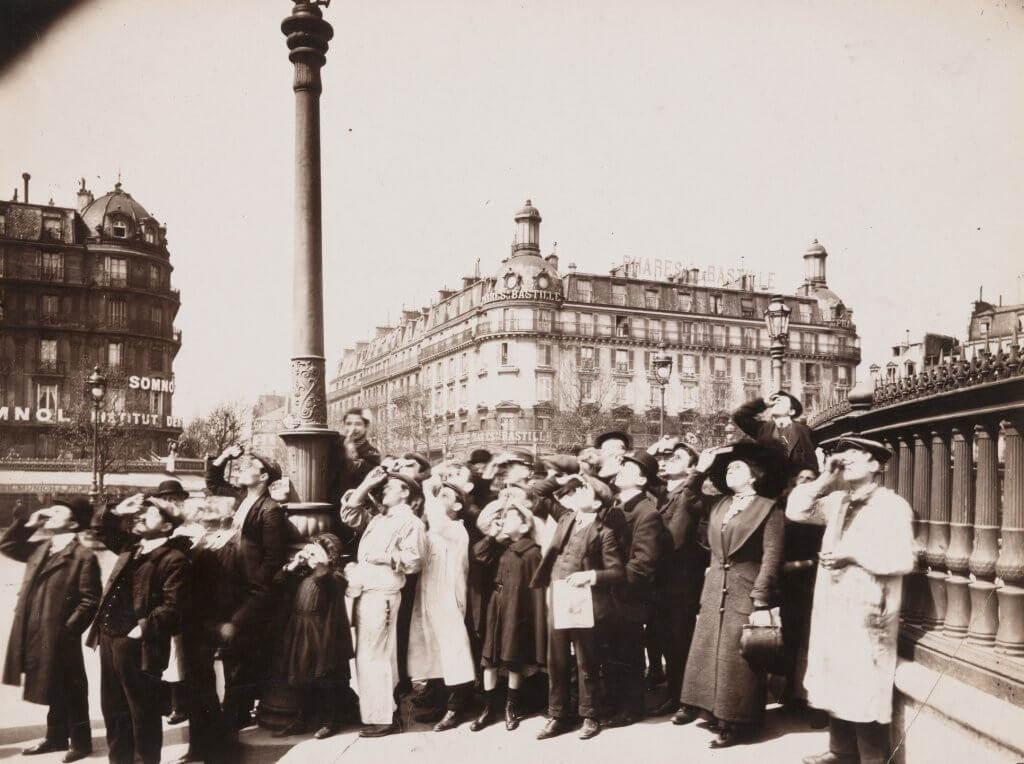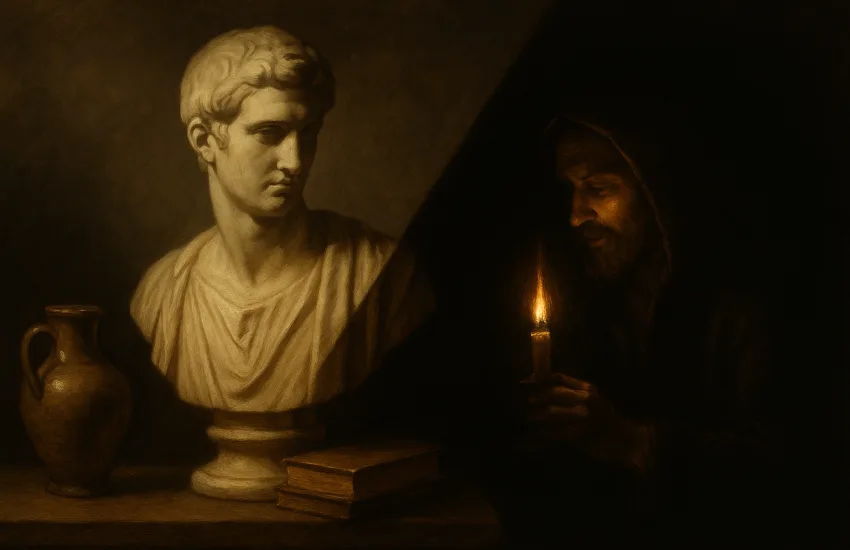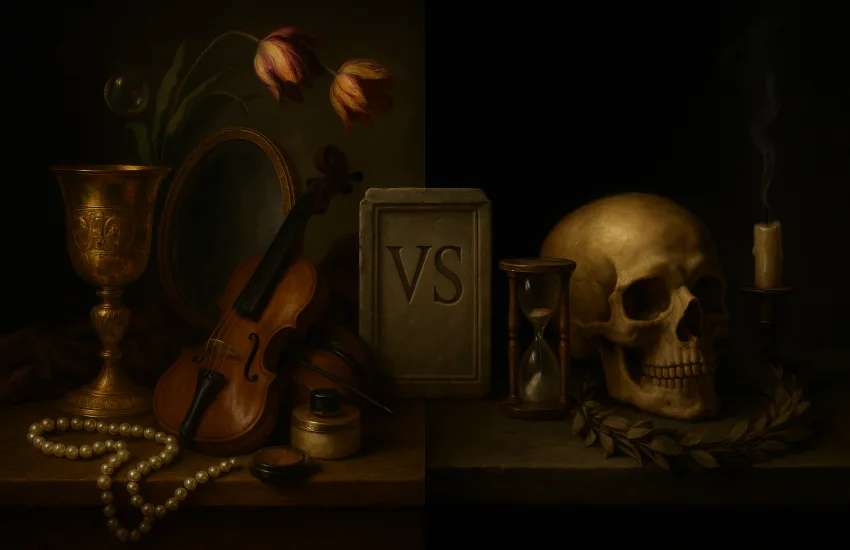Photo of Looking at the Moon: The Story of Eugène Atget ‘During Eclipse’
There is a story that makes every photo interesting. It takes us behind the photograph and allows us to establish a connection between us and history. At the same time, photography, which is important for the scientific world as it is an archive, has a rare area where science and art have a common point: the quality of an archive. Since it contains story and evidence features, it can drag people to the past in terms of emotion-state and quality. We’re going to go to a photo from the early days of this magical invention.
We will examine a photograph of Eugène Atget, “During the Eclipse,” made in April 1912. Place de la Bastille, a photograph of a crowd protecting their eyes while trying to observe the eclipse in Paris. Atget was better known for taking pictures of Paris. One of the things you can say about Atget’s work is that it is quite timeless. This is quite unusual because a lot of people are around a specific event in the same time period, and this is what happened. a solar eclipse!
Let’s get into the details now. You see the little tracking devices people hold to see the eclipse. One of the interesting things is that this photo was made two days after the Titanic went down. So the Titanic would be in the minds of most of the people gathered here to look at the eclipse …

Atget is working here with a wide view camera on a tripod. A negative glass plate used by Atget and its dimensions are 18 * 24 centimeters. That’s about eight by ten inches. The only downside is that it takes quite a bit of time to uncover. For this reason, it cannot be said to be ideal for taking pictures of people. Also, these plates were less sensitive to blue light in the early years of photography. Often times this means that the sky looks white regardless of the weather or the time of day. The exception to this is the upper left corner of the image where you see this dark area involved, and this is because the lens is aligned or slightly misaligned with the back of the camera, called the vignette effect.
Also, these images are not cropped at all. Actually, these are what we call contact printing. And Atget’s method of printing was to place a photo paper that would come into contact with these negatives, compress them and place it under the sun. Thus, the image would appear on the paper with the negative effect of light. So, there is a one-to-one relationship between the size of Atget’s negative and the dimensions of all of its prints. Atget was very clear on why he was taking pictures. He had a very open and humble approach to photography. What he actually did were extraordinary photographs that truly discovered the nature of looking from a camera.
This is a picture of the eclipse, which is, in a way, a picture of the moon. However, neither the moon nor the sun is anywhere within the frame of the image. But this is a photo of looking at the moon, an endless source of fascination not only for photographers and astronomers, but also for those laymen on the street.


